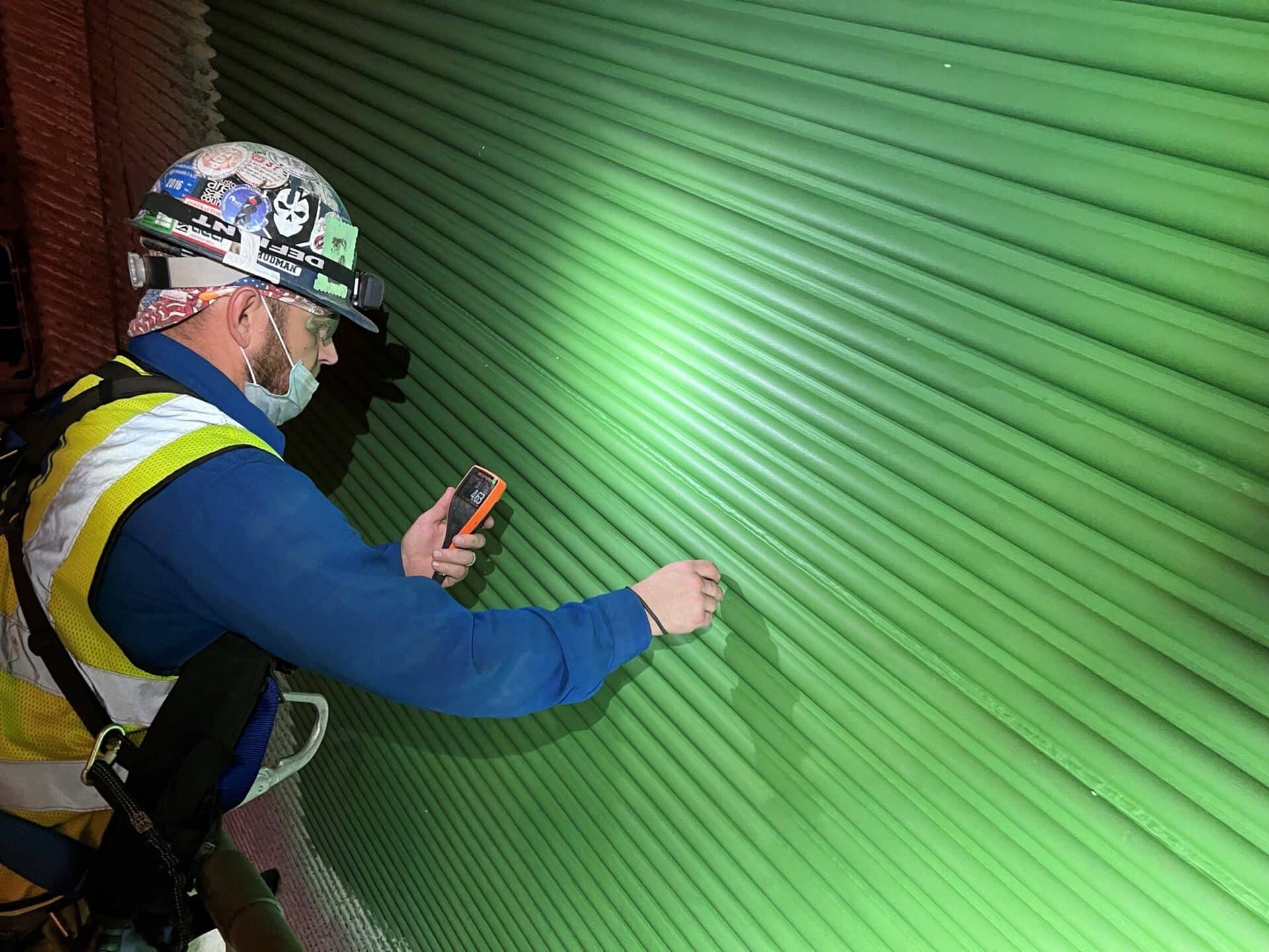Boiler Fuel Diversification Caused Slagging and Fouling
Anti-Slagging and Fouling
Based on different mechanisms involved in ash deposit on the heated surface, there are two general types of ash deposition: slagging and fouling. Slagging is the formation of molten or partially fused deposits on furnace walls of boiler or convection surfaces exposed to radiant heat. Fouling is defined as the formation of a deposit on convection heat surfaces such as superheaters and reheaters.
In 2020, a large power generation company in Southeast Asia commissioned the production of a new 600 MW Pulverized Coal (PC) Boiler at its plant. The company had a requirement to be able to burn the full range of its coal, which had proved challenging due to the high calcium content of the fuel. As a result, a new boiler had been built and commissioned by a reputable manufacturer.
Learn more about this project and register for an upcoming Webinar: How We Stopped Boiler Slagging: Case Study
Problem
Excessive slagging at the bottom of the boiler due to the requirement to burn the full range of coal.
Solution
IGS’ anti-slagging technology reduces slag adhesion in mission-critical equipment mitigating excessive combustion by-products.

Problem
Since the boiler has been in operation, the plant has suffered with a build-up of slagging on the tubes. The plant’s requirement to burn the full range of coal means that some ranges had to be burned at an increased temperature, which had been causing excessive slagging at the bottom of the boiler. In an attempt to fix the problem, the build-up was being regularly blasted, which was time consuming and inefficient.
Boiler Slagging Mitigation
The plant had two options to resolve this issue: a reactive method to install and maintain water cannons to regularly remove the slagging. However, whilst the cannons are effective at removing most of the build-up, parts often must be replaced due to the erosive effect of water running through them and the ash burning around them. This is often a time-consuming and costly method. The other option to resolve the issue is a proactive solution to apply a ceramic coating alternative to reduce the build-up of slagging.
IGS Boiler Slag Shedding Solution
IGS’ anti-slagging technology reduces slag adhesion to the pressure parts in mission critical equipment mitigating excessive combustion by-products in boilers which have undergone a fuel conversion.
IGS Boiler Slag Shedding Solution
IGS’ anti-slagging technology reduces slag adhesion to the pressure parts in mission critical equipment mitigating excessive combustion by-products in boilers which have undergone a fuel conversion.
The ceramic coating is designed to thrive on the waterwalls and the high-temperature superheater tubes. It is engineered to mimic the thermal expansion coefficient of the superheater tube metallurgy (Carbon Steel, T11, T22, T91, 347H, all types of SS).
The coating structure is abrasion resistant, and the surface is non-wetting which prevents the fouling from chemically reacting and bonding with the coated surface, avoiding large agglomeration build-up.
IGS mobilized a team to the plant in December 2021 to complete the application of the ceramic coating. The work was carried out across four-night shifts during a planned shutdown with stringent safety protocols and processes in place.


The Result
The ceramic coating significantly reduces the amount of slag build-up throughout the boiler. The sensors coated with the IGS anti-slagging technology detect higher temperatures due to the prevention of fouling which was inhibiting the heat transfer process. The plant is expected to see significant financial and carbon savings associated with reduced maintenance and increased efficiency.
IGS Comment
Pete Johnson, Director O&G – APAC at IGS, said:
“This project has been a great success for the client. We have been able to fulfill the client’s requirements to help resolve the issues that they had been experiencing in relation to slagging and fouling within the boiler.
“The feedback we have received from the client has been very positive; they were particularly impressed with our professionalism, our communication channels, and our safety protocols.
“We are pleased with the results that we are initially seeing, and we’ll be working closely with the client moving forwards to monitor and maintain the performance of the boiler.”
Free consultation with an IGS Subject Matter Expert
IGS is here to provide information, answer questions and create an effective solution for your needs.
